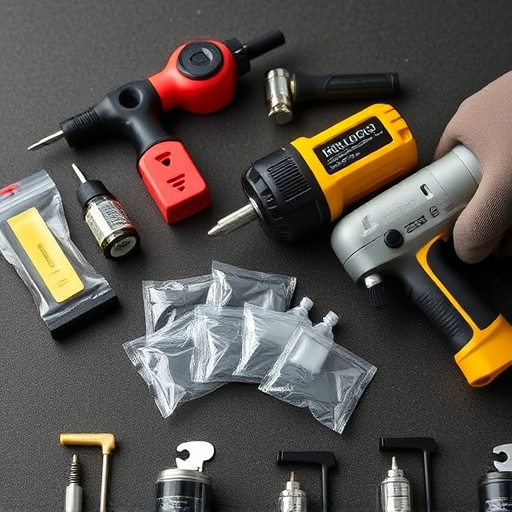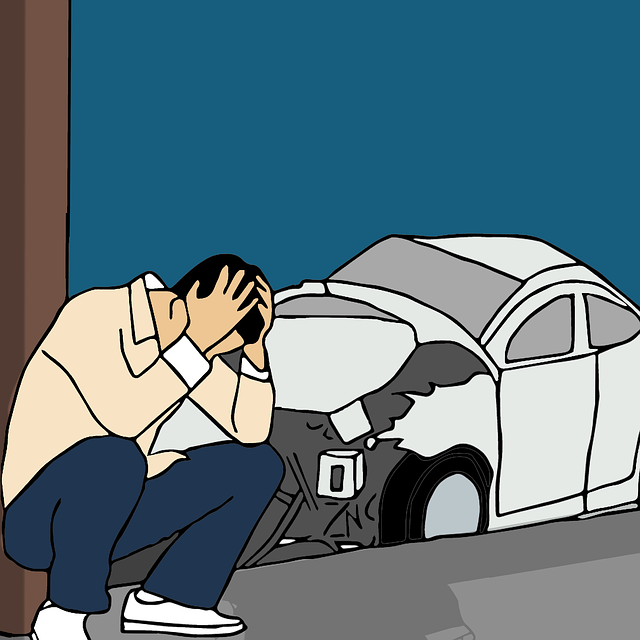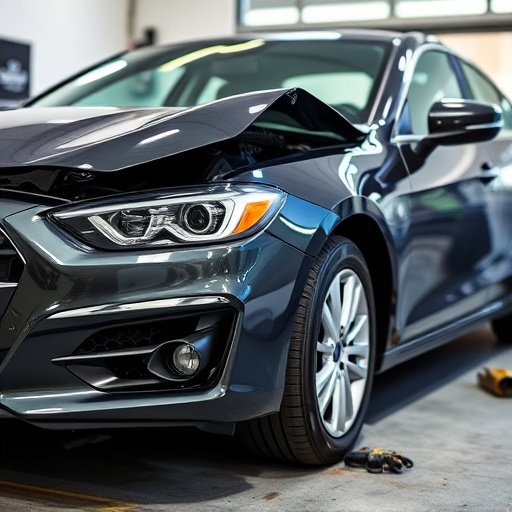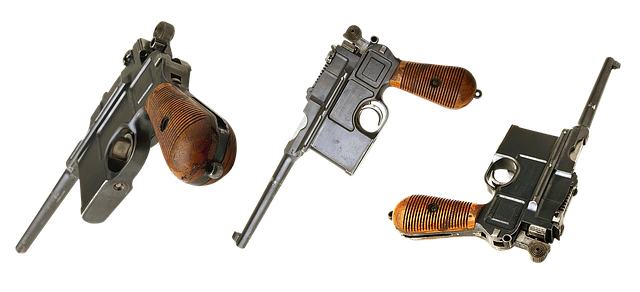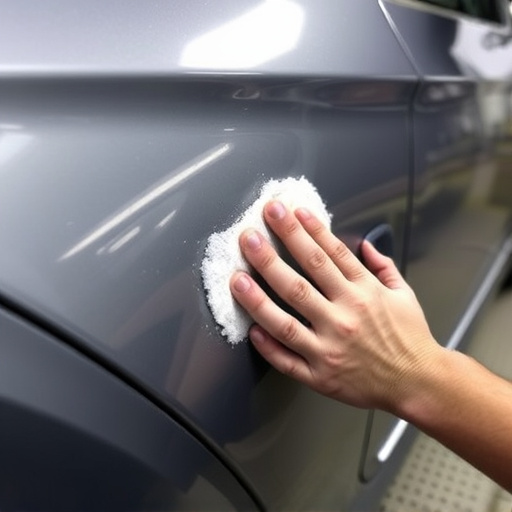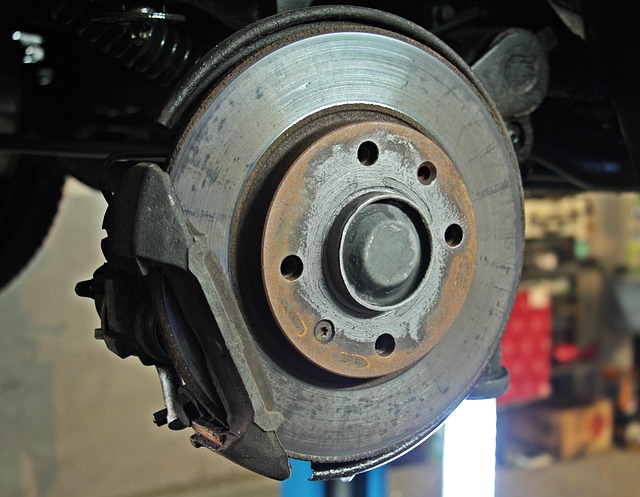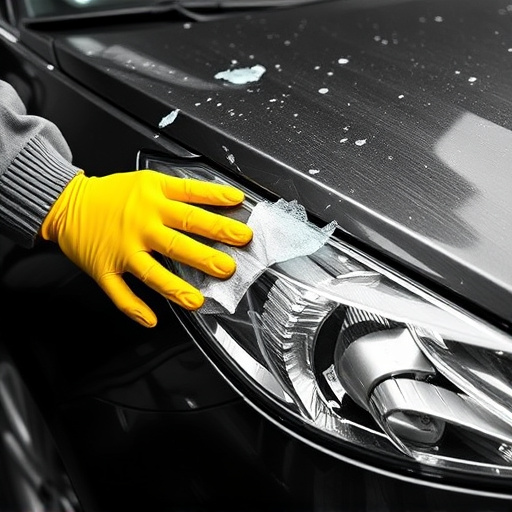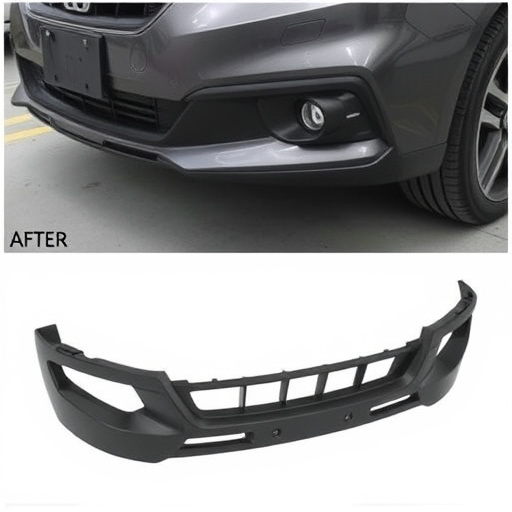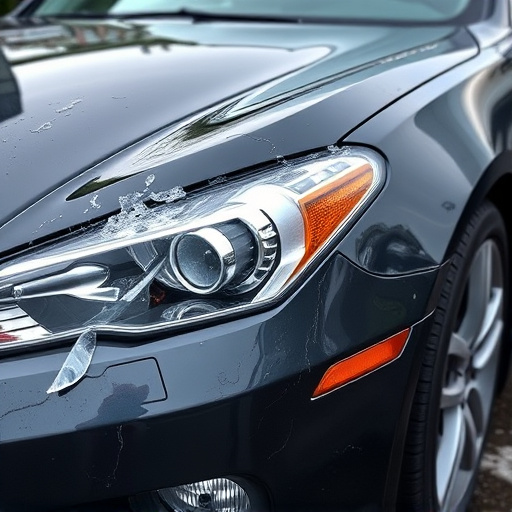The automotive industry's increasing use of aluminum body components poses new challenges for collision repair services due to aluminum's unique properties like higher bendability, requiring specialized tools and techniques. This shifts repair costs upward, lengthens times, and makes standard procedures inadequate. Insurance companies face growing claims management difficulties as they must balance thorough repairs with cost control in a competitive market. Future vehicle repairs will be transformed by these changes, driven by lighter, fuel-efficient cars, necessitating advanced repair techniques leveraging aluminum's benefits. Innovations like 3D printing and robotics aim to enhance precision, reduce costs, and extend vehicle lifespans for mutual benefit of consumers and insurers.
Aluminum body components have become increasingly prevalent in modern automotive manufacturing due to their lightweight properties and durability. While this trend brings environmental benefits, it significantly impacts insurance repair costs. This article explores the rise of aluminum in cars and its effect on vehicle repairability, focusing on insurance perspectives and future trends. We delve into the challenges posed by aluminum repairs and how technological advancements may shape repair costs for vehicles with aluminum-intensive designs.
- The Rise of Aluminum in Automotive Manufacturing and Its Impact on Repairability
- Insurance Perspectives: Challenges and Considerations with Aluminum Body Repairs
- Future Trends: How Advancements May Shape Repair Costs for Aluminum-Intensive Vehicles
The Rise of Aluminum in Automotive Manufacturing and Its Impact on Repairability

The automotive industry has witnessed a significant shift towards aluminum body components in recent years. This trend is driven by the lightening of vehicle weight to improve fuel efficiency and reduce carbon emissions. Aluminum, known for its exceptional strength-to-weight ratio, is becoming the material of choice for many car manufacturers. As aluminum becomes more prevalent in new vehicles, it has a direct impact on the landscape of vehicle repair services, particularly in the event of a collision.
When it comes to car body shop repairs, aluminum presents both advantages and challenges. On one hand, it offers excellent corrosion resistance and durability, ensuring that vehicles retain their structural integrity even after accidents. However, for car collision repair professionals, working with aluminum components introduces new complexities. Aluminum is more susceptible to bending and deformation compared to traditional steel, requiring specialized techniques and tools for straightening and welding. This increased complexity can lead to higher costs in repairs, especially when dealing with intricate body panels.
Insurance Perspectives: Challenges and Considerations with Aluminum Body Repairs

Insurance companies face unique challenges when it comes to repairs involving aluminum body components. As vehicles increasingly incorporate lightweight metal for efficiency, the complexity of these repairs expands. Standard procedures and tools designed for traditional steel bodies may not be suitable, leading to longer repair times and increased costs. This can translate directly into higher insurance claims, which in turn affects pricing and policy offerings.
Additionally, aluminum body repairs require specialized knowledge and equipment. The risk of damage during the process is higher due to the metal’s unique properties, such as its corrosion resistance making hidden defects harder to detect. Collision repair shops must invest significantly in training staff and acquiring advanced tools to handle these repairs competently. This adds another layer of consideration for insurers, who must balance the need for thorough, quality repairs with managing claim costs within a competitive market.
Future Trends: How Advancements May Shape Repair Costs for Aluminum-Intensive Vehicles

As the automotive industry continues to evolve, the widespread adoption of aluminum body components is set to shape future vehicle repairs. The trend towards lighter and more fuel-efficient cars, led by manufacturers like Mercedes-Benz, will drive the need for advanced repair techniques. With aluminum’s unique properties, such as its malleability and resistance to corrosion, modern repair processes may involve less invasive methods, like precision welding and specialized metal forming, reducing overall repair costs.
Innovations in material science could lead to new alloys that are even stronger and more durable than current aluminum designs. This could mean longer-lasting vehicles and, consequently, fewer repairs over the lifespan of the vehicle. Additionally, advancements in 3D printing and robotic technology may enable more precise and cost-effective auto frame repair, further mitigating the financial impact of aluminum body component failures. These developments promise to revolutionize mercedes benz repair and the broader automotive repair industry, potentially reducing costs for both consumers and insurance providers.
The increasing adoption of aluminum body components in automotive manufacturing has led to a significant shift in repairability and insurance costs. As vehicles become more aluminum-intensive, insurance providers face unique challenges in managing repair expenses. The use of aluminum requires specialized knowledge and equipment for efficient repairs, impacting both the speed and cost of restoration. Future advancements in technology and repair techniques could mitigate these issues, potentially reducing long-term repair bills for aluminum-based vehicles. Understanding these trends is crucial for insurers to adapt their strategies and offer competitive coverage options for a rapidly evolving automotive landscape dominated by lightweight materials.

